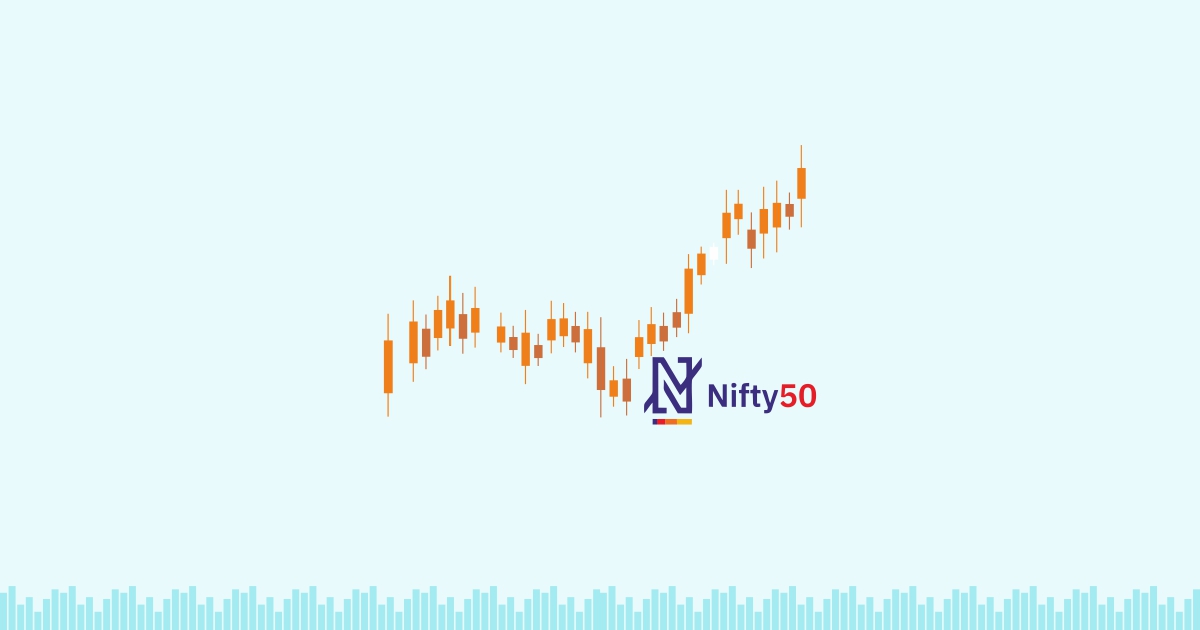In an interesting session as a part of the highly popular Face2Face series, conducted by Elearnmarkets, Mr Vivek Bajaj, Co-founder of Elearnmarkets, invited Mr Sandeep Rao, a successful stock market trader with many years of experience, to decode Positional Trend Following Strategy on Nifty 50.
Mr Sandeep Rao started Full-time trading for prop in the year 2023, earlier in 2012 he started work on Quant Models for Indian Indexes Nifty and Bank Nifty. In the year 2014, he traded his trend-following model on his books. In the year 2020, he offered his trend-following model on a PMS Prop and for its community. In 2022, he moved to a startup and continued to prop on some clients.
In this blog, our experts will be talking about investing cum trading strategy on Nifty 50. With the chart expert, this conversation will start with an understanding of the trend following strategy.
Trend Following Strategy Overview
Mr Sandeep Rao’s trend following strategy on Nifty 50 has two parts. According to him, long-term investors will stay in the market whether invested in the index or Exchange Traded Funds. But if you are an active trader and want to trade all the cycles of the market(upside or downside), then he suggests the following strategy-
- Passive leg – NIFTY50 ETF/MF (80% of capital)
- Active leg – Futures (20% of capital)
- Passive leg – Stays invested continuously
- Active leg follows long/short Trend following
- This is a positional futures approach
- Not a SAR (Stop & Reverse) but 90% of the time in trade
- Works on the hourly timeframe
According to this strategy, one should stay invest 80% of their capital in the Exchange Traded Fund and 20% of the capital they can trade in the futures of the Nifty50 Index.
1. The Passive Part
If we have 10 lakhs, then 80% we will invest in the Index whether in ETF or Mutual Funds. The balance 20% we will trade in the Index futures. The two P&Ls will be going on- one of the futures and the other of the ETF.
2. The Active Part
Now let us discuss strategy if you want to actively participate in the market. This system works on the hourly timeframe and it’s a trend-following strategy. During market hours a stoploss is placed according to this strategy. At 9:15 we determine a stop-loss and that keeps going on throughout the day. The stop loss is trailing.
Once the stop-loss hits, the next trading signal comes after the close of that hour’s candle. In order to determine the direction, we use a moving average between 36-40 EMA on an hourly timeframe. If the candlestick closes above the moving average then it is a long signal.
And if the candlestick closes below the candlestick, then it is a short bias. But one should remember this is just a bias. Till the price does not breach the high price of that day, we will not take the long trade.
Suppose on the 27th, we can see that the candlestick crosses the 36 EMA on the downside. The next candlestick also opens lower, so we can take the short trade and ride the trend till the trailing stop-loss gets hit.
The trailing stop-loss can be placed along the moving average. Unless the moving average hit the prices, we will keep riding the trend.
Below, we can see how we can make a long bias when the 36 EMA crosses the candlestick and the next candlestick opens higher.
We will ride the uptrend until the trailing stop loss gets hit. With the help of this strategy, we can cover 70% of the trend.
Instead of future, if we short options then the win rate of this strategy would be more. But then becomes a different model and also the complexity will be more.
Along with this strategy, we are simultaneously holding Exchange Traded Funds.
Challenges of this Strategy
The main problem of this strategy is the leveraging of the futures i.e. a lot of the futures costs around 1.5 lakhs, but the position is of great size. It’s important to understand leverage before implementing this strategy.
Leverage refers to the use of a modest sum of money to manage a much larger investment. Futures contracts are one example of a highly leveraged instrument. In most cases, you may purchase or sell a futures contract using an initial margin, often known as a good faith deposit.
Leverage -Current contract value for NIFTY is 19500*50 = 9,75,000
Margin required for 1 Lot of NIFTY FUT = 1,12,000
Leverage = Contract value/margin = 8.7x
This is how leverage of futures work in the stock market.
Watch the full video here-
Bottomline
As discussed, the above strategy works very when the market is uptrend as it captures most of the trend. This strategy is both for investors and traders as it involves investing in long-term ETFs and trading futures actively in the market.




